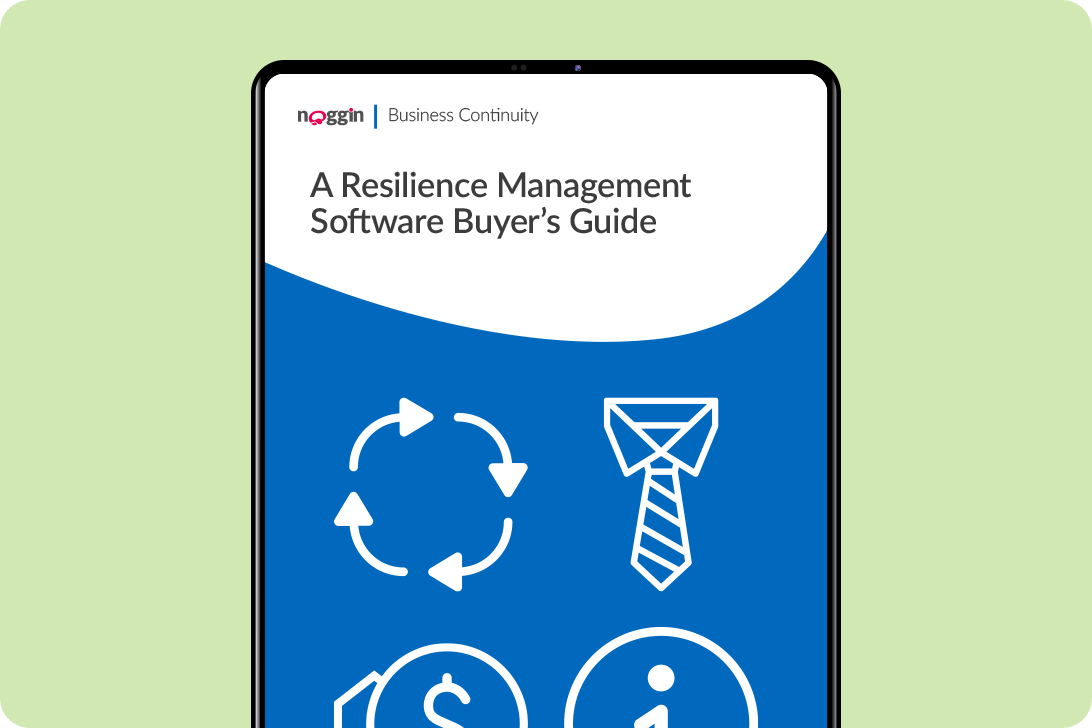Request a Demo
Fill in the form below and we will contact you shortly to organised your personalised demonstration of the Noggin platform.
Meet Noggin
An integrated resilience workspace that seamlessly integrates 10 core solutions into one, easy-to-use software platform.
The Noggin Platform
The world's leading integrated resilience workspace for risk and business continuity management, operational resilience, incident & crisis management, and security & safety operations.
Industries
Explore Noggin's integrated resilience software, purpose-built for any industry.
Integrating Best Practice into Virtual Emergency Operations
Best Practice Guide
Emergency operations – physical or virtual?
Emergency Operations Centers (EOCs) are activated when a major incident takes place. During these eventd, large conference rooms – outfitted with furniture, telephone, and internet access – are traditionally used as EOCs and primary team meeting locations.
But when the incident itself involves the airborne transmission of illness, the type of emergency operations center becomes an issue of its own. Indeed, COVID would force many physical EOCs to go virtuali.
Like in the business world, the benefits of such virtual operations are easy to see. Virtual EOCs save money on the physical infrastructure needed to run EOCs. That includes meals that don’t need to be catered.
Virtual EOCs also save on administrative costs. They lessen the burden of access control and security screening of personnel into a brick-and-mortar facility with security checkpoints. Similarly, they reduce the need for parking.
What’s more, staff members don’t need to travel into the facility, potentially avoiding travel concerns related to security access, traffic, debris, and/or severe weather. The enhanced efficiency can improve staff role assignments to physical locations.
Download the guide to continue reading >>



